If you travel to Japan for a long period, or if you plan to try living there, a very convenient option is to rent a room in a shared house.
We lived in one of these houses for two and a half months in Kyoto, and it was one of the best decisions we could have made. In this post, I’m going to share our personal experience, although of course it can vary a lot depending on the people you share the house with and other factors.
How do shared houses work?
In Japan, especially among young people, it is very common to live for a while in this type of house. In Spain, the closest equivalent would be a university dormitory, although it is not used only by students, but by people of all kinds, from those who move to a new city for a time to try something new, to those who simply want to live with company or worry less about deep cleaning every week. And, of course, foreigners also use them a lot during their first months or years in Japan.
The agency usually has a building with private rooms and shared common areas. In our case, there were about 50 rooms in a four-story building; each floor had its own kitchen, bathrooms, and showers for common use, and there was also a living room, a rooftop, and bicycle parking. Some of the other houses we saw also had a gym, study rooms, a courtyard, and other types of rooms.
A fixed monthly rent is paid per room, and the agency covers the expenses for gas, water, electricity, and internet, as well as cleaning the common areas every few days. There is an initial contract fee, so it usually becomes much more cost-effective the longer you stay. In our case, since there were two people sharing the same room, we split the rent but added a small extra fee.
The agency our house belonged to was Oakhouse. It has houses in several areas of Japan, but there are many other well-known ones.
What are the advantages?
They make the rental process very easy, which is especially attractive if you’re a foreigner. Applying for the apartment and signing the contract was incredibly simple, and the minimum stay they require is usually very short (in our case, one month) compared to what is typically asked for a regular apartment. They even help with other things. For example, some of our roommates found jobs because some companies advertise positions suitable for foreigners (such as English teaching) through the house.
But the advantage that is most important to me is that it’s a very easy way to meet people when you arrive for the first time in a city. We were very lucky with the people we met, who from the very first minute, upon arriving at the house, treated us great and made us feel like family. And I’m sure that in any other house with so many people, you’ll find all kinds of people, some even in your same situation, with whom it will be very easy to connect thanks to living together. Also, the agency itself organizes many events, parties, and gatherings to encourage this.
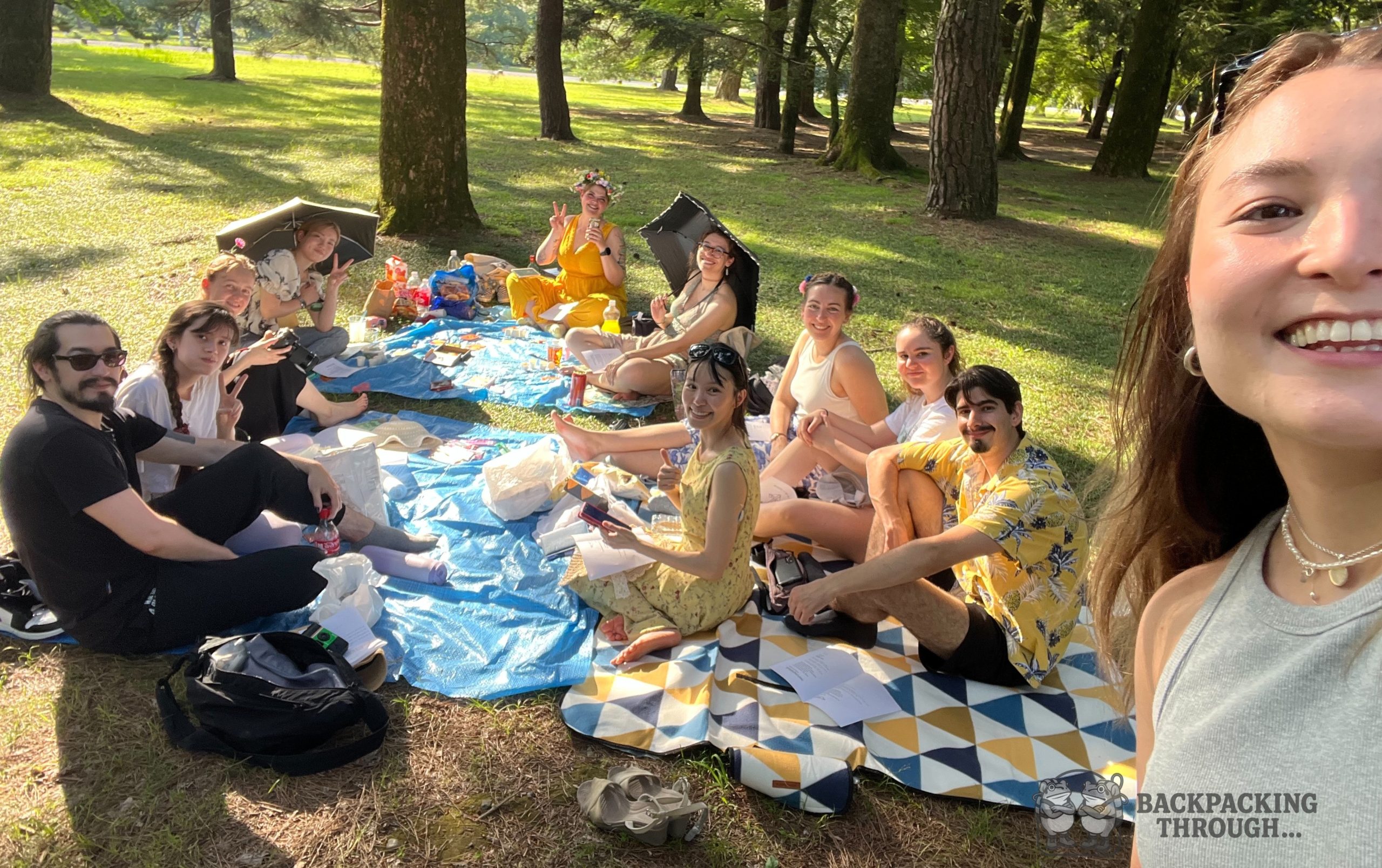
Our experience
The best thing about sharing a house with so many people is that you never get bored and never feel lonely. When we went down to the living room, after a while someone would always show up who wanted to chat for a bit after coming back from work, or stay playing a video game, or keep you company while you prepared dinner together.
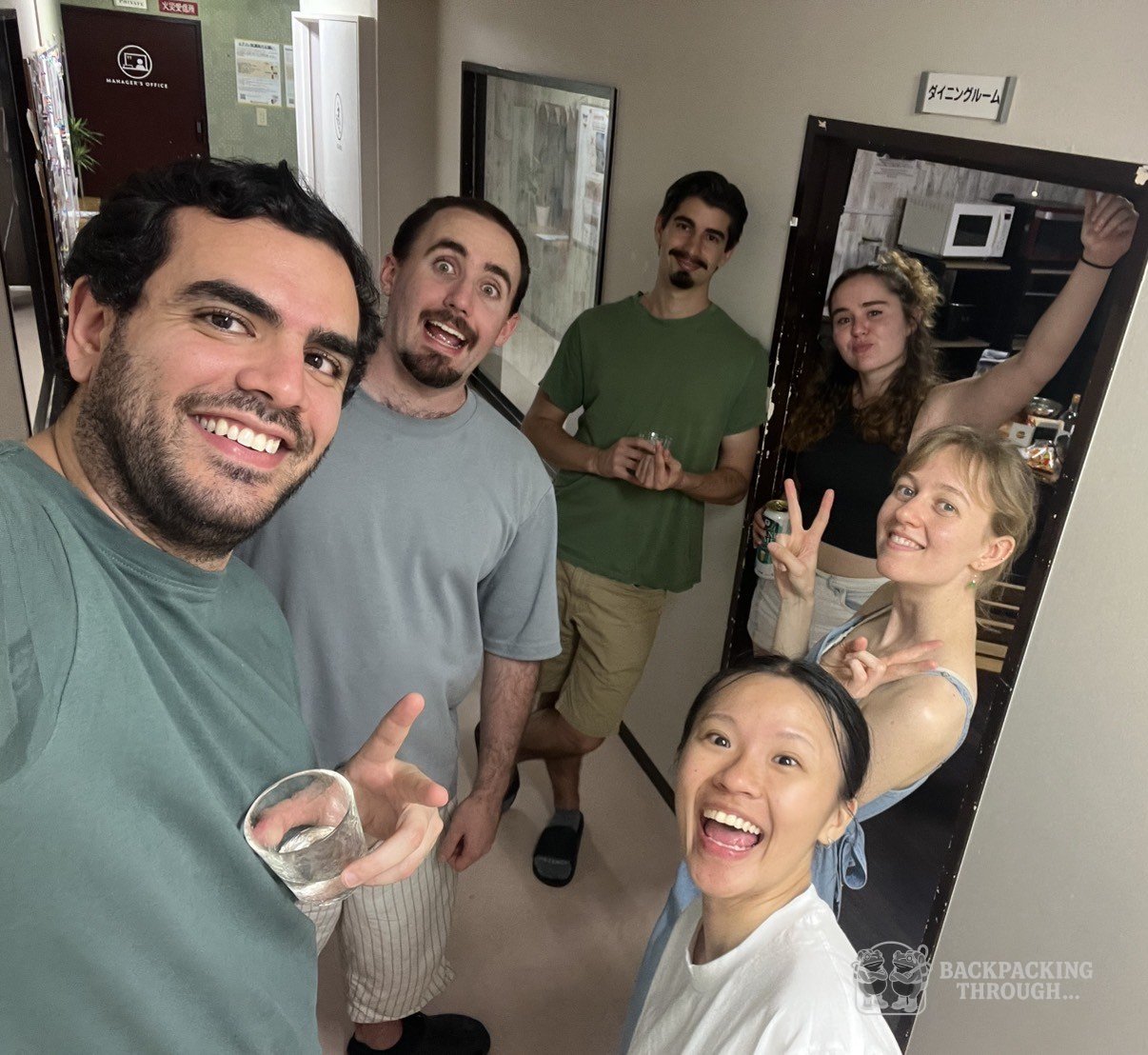
Of course, out of the 50 people living there, many had their lives outside the house and weren’t very interested in socializing inside. But whenever we proposed a trip or a plan, there was always someone who joined. And despite there being so many people, we never felt the house was too crowded or that there were any coexistence problems because, generally, people were quite considerate.
We spent a good part of our time visiting places, both in Kyoto and its surroundings, as well as occasional trips to farther places like Hiroshima. And, in case anyone is wondering, no, two and a half months is not too long to see Kyoto and its surroundings. I feel that no matter how much time you spend, you can always find something new to see if you explore a bit, and without a doubt, even if we returned in the future, we could still visit new places within the city.
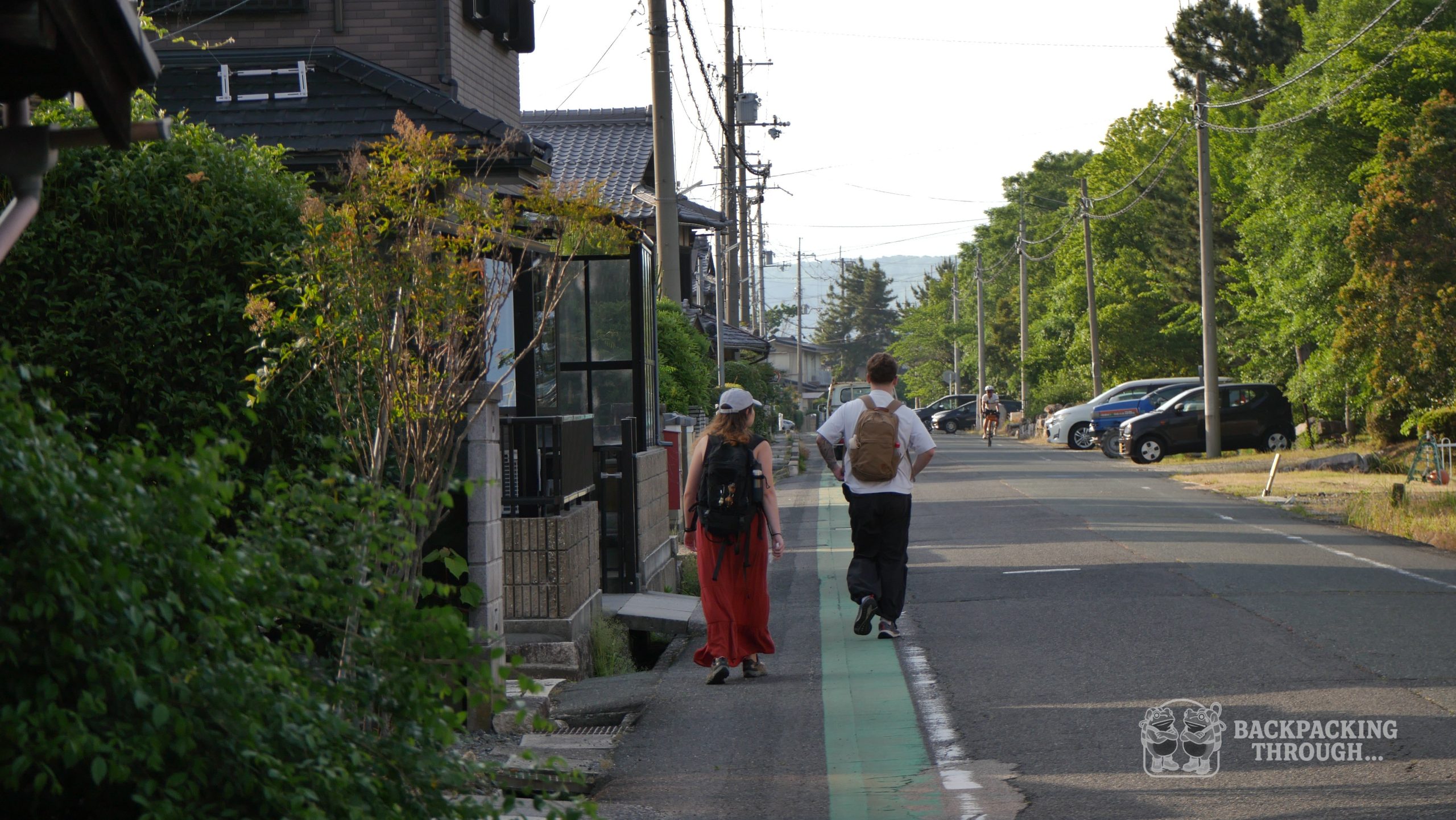
And, of course, every now and then someone would suggest going to the sento at night, which are traditional public baths in Japan with saunas, electric baths, hot baths, cold baths, medicinal baths, and others, making it perfect for relaxing after a long day. I might publish a new post about them later because it’s a very beautiful and pleasant everyday experience in Japan to enjoy, both alone and with friends.
Types of visa for long stays
The most common types of visa I’ve seen for staying in Japan for several months, without having a prior job offer that allows you to apply for a work visa, are the following. Although the information I’m going to explain applies to people with Spanish nationality, many of these visas also exist and have similar conditions for other nationalities.
Tourist visa: As of today, we can stay in Japan for up to 3 months as tourists. You don’t need to apply for any visa in advance — you just fill out an entry form upon arrival at the airport. However, it doesn’t allow you to work and, of all the options, it offers the shortest stay period.
Working holiday visa: It allows stays of up to one year, and also allows limited work, as long as the job is a means to finance your trip and not the main purpose of it. Anyone between 18 and 30 years old can apply, and there is a limited number of visas that can be granted in each country that has this type of agreement. It’s the visa that can give you the most freedom, while still being easy to obtain.
Student visa: It allows you to stay legally in Japan for the duration of your study program, and it also allows you to work part-time. Many people enroll in a Japanese language school to obtain this visa while learning the language. I must say that the schools tend to be very demanding, but they will also help you improve incredibly fast and gain the fluency you need to communicate.
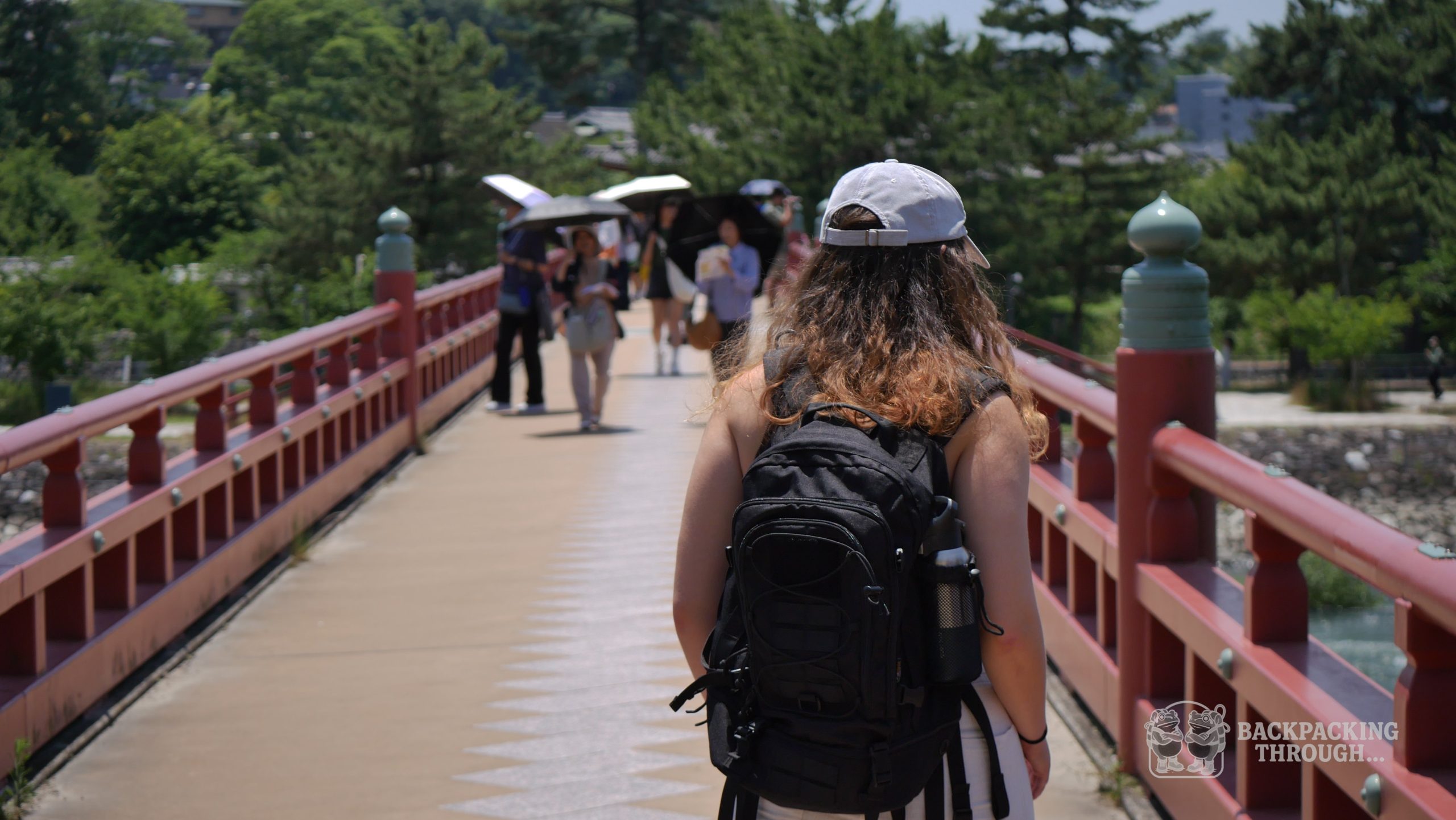
Message for my Oakhouse housemates
I had high expectations about how those months would be, but even so, when I arrived, I was surprised to find a true family, where everyone took care of each other every day and shared a genuine love. I feel that I met many very different people who, due to various circumstances, all ended up together in Kyoto and in this house to truly feel that they had finally found their place, and I’m very happy for you all.
I’m incredibly lucky to have been part of it, and I hold a special affection for each and every one of you that I will never forget. I hope you always keep taking care of each other just as much as you do now, even if each of you takes different paths at some point, or if some of you already have. Thank you for these wonderful months.
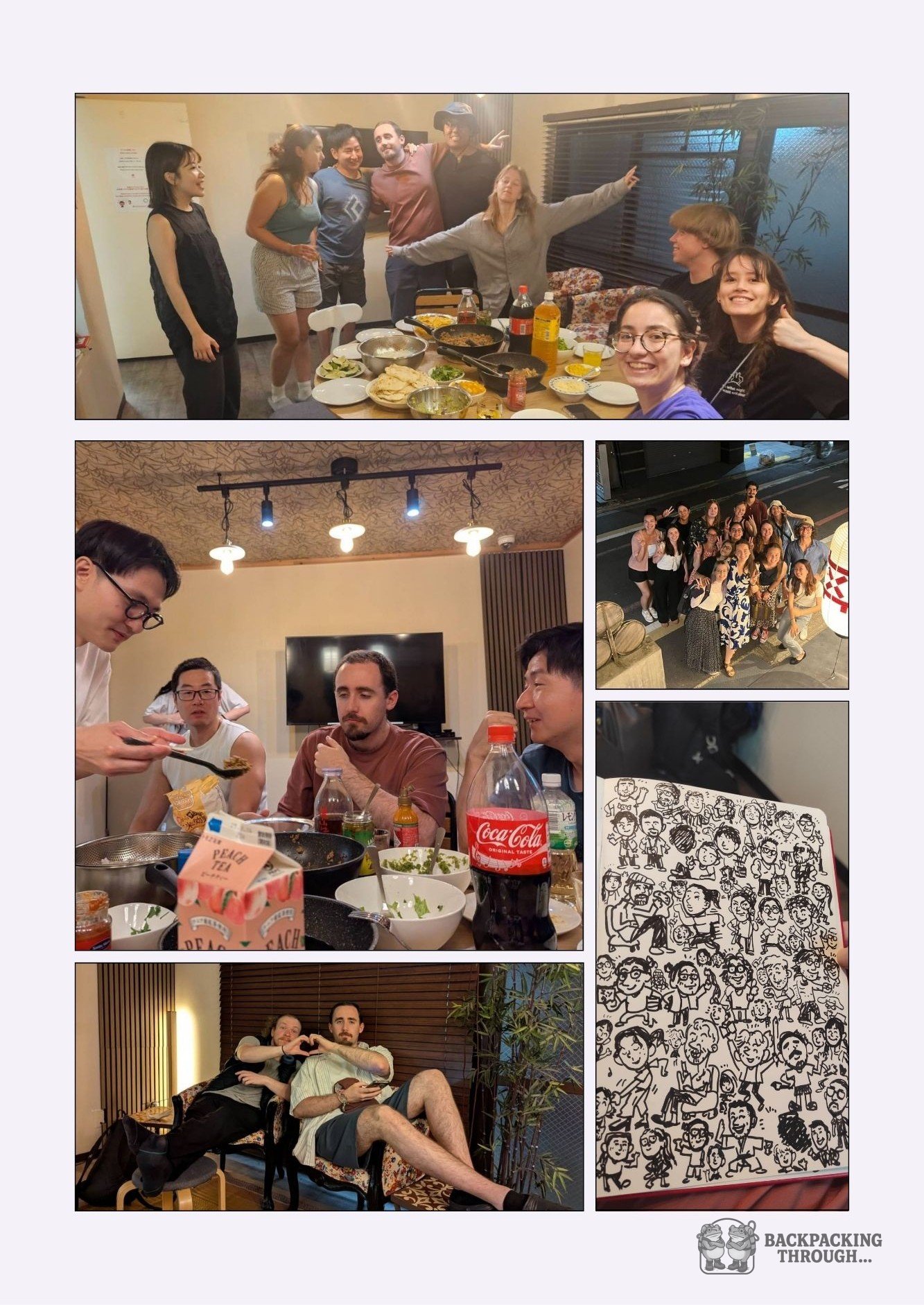

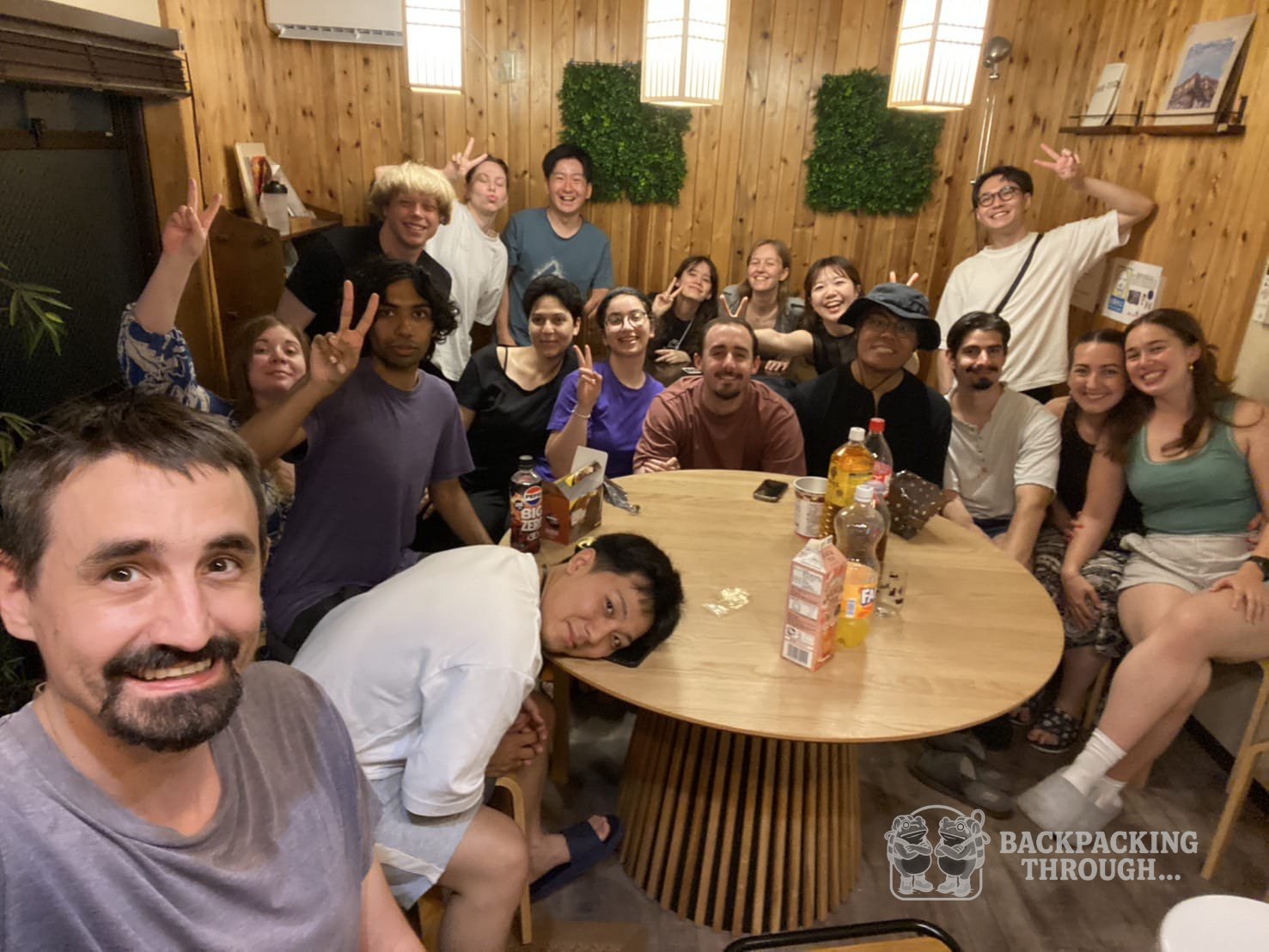

Leave a Reply